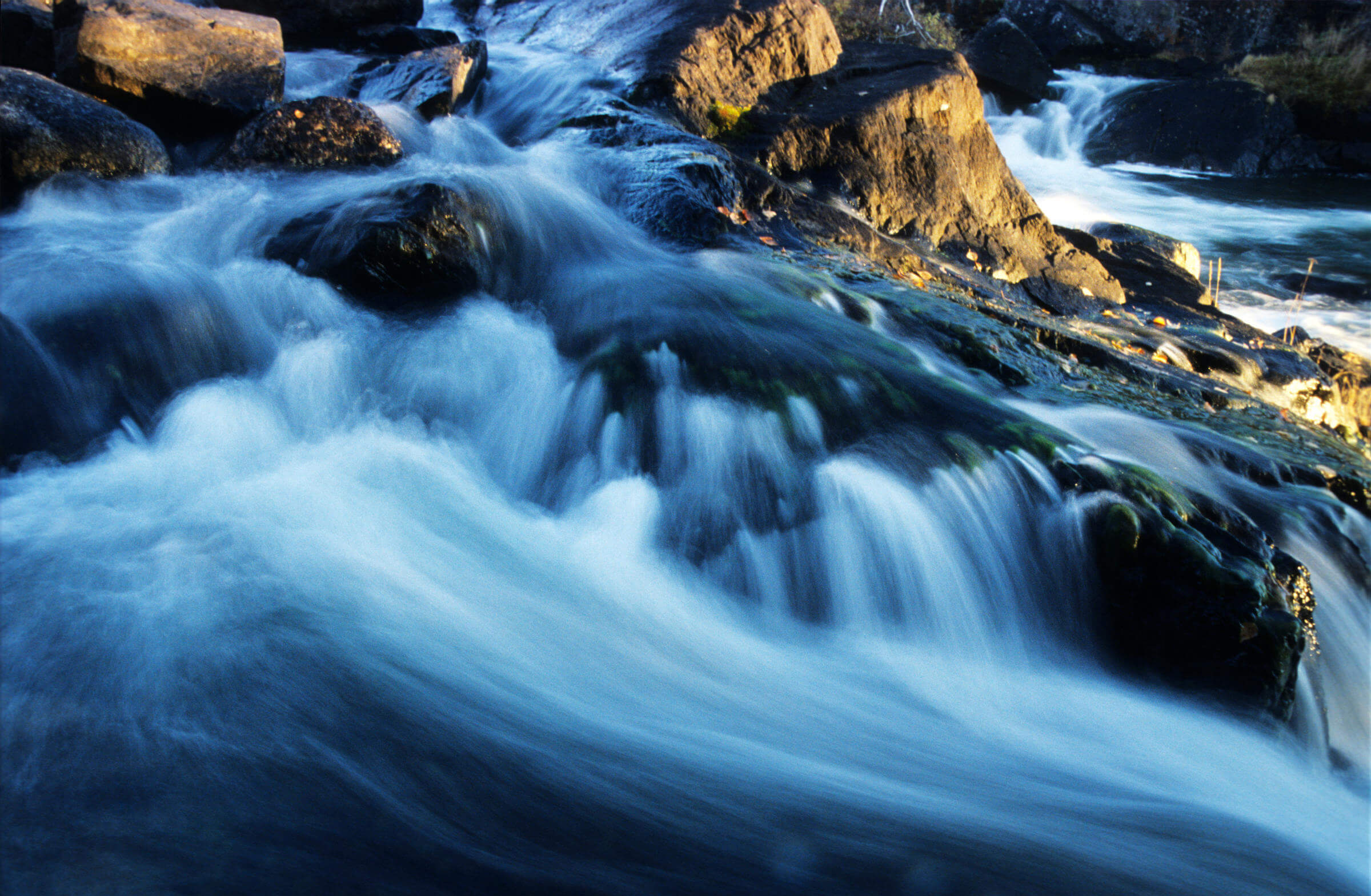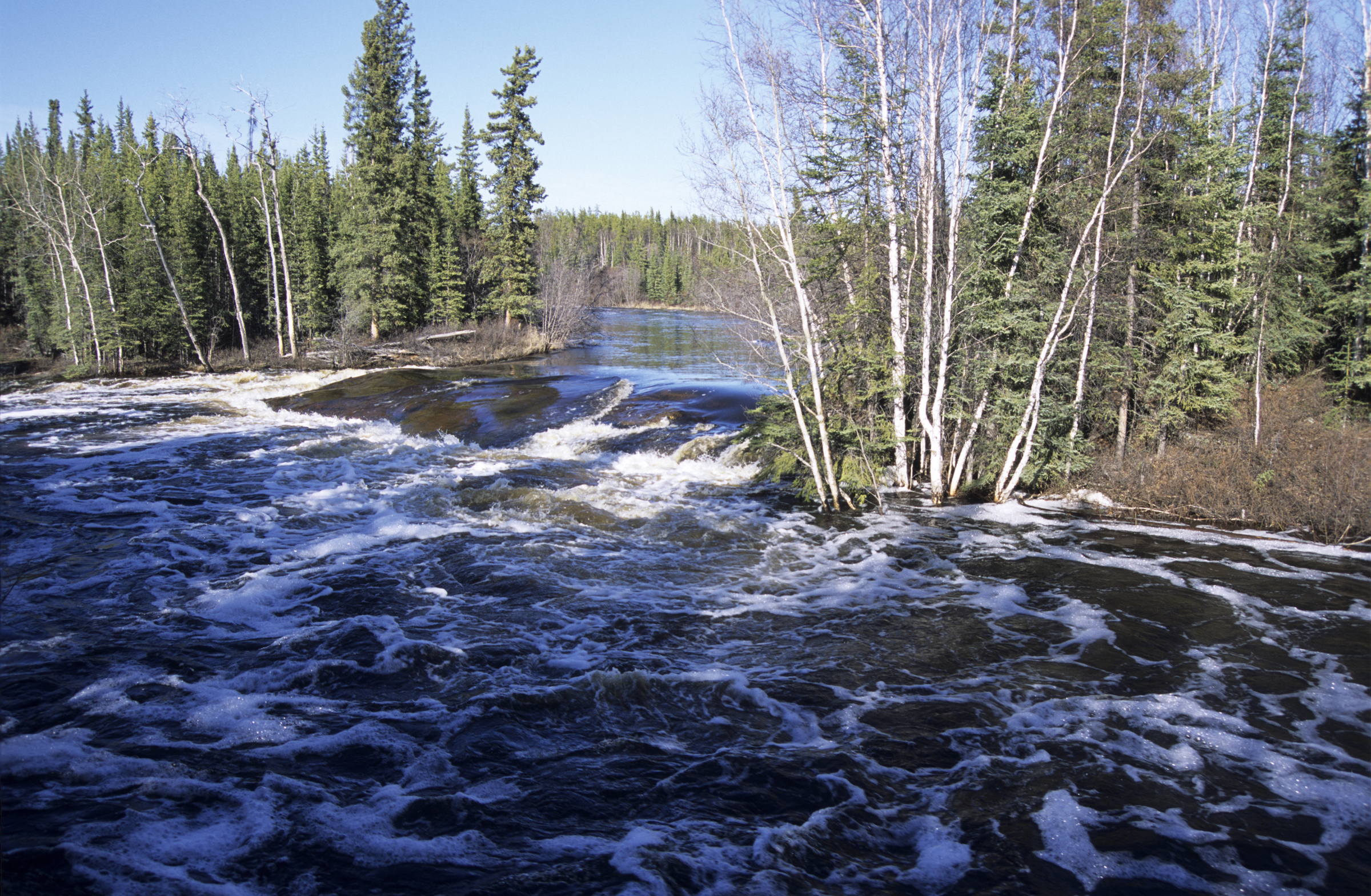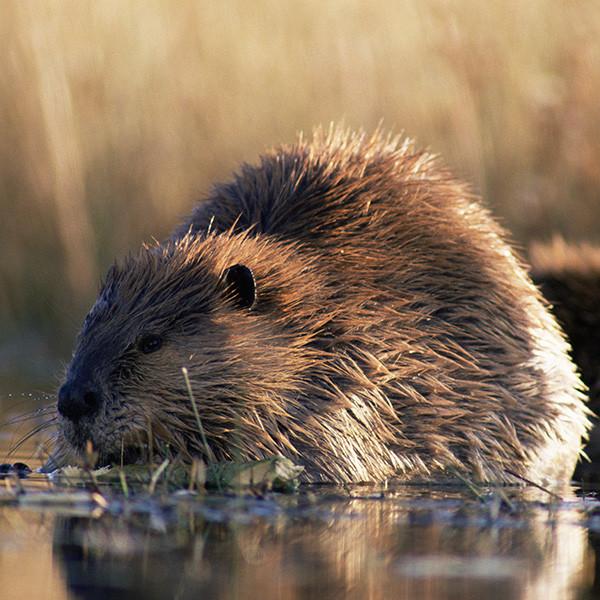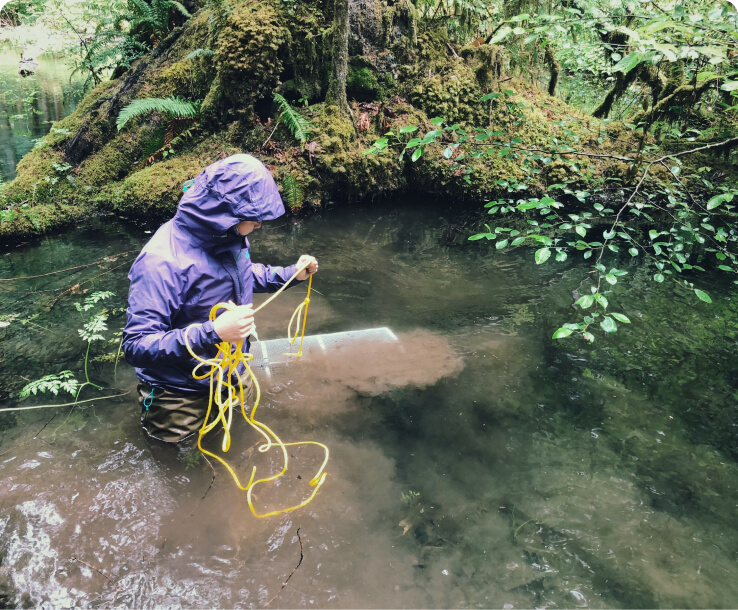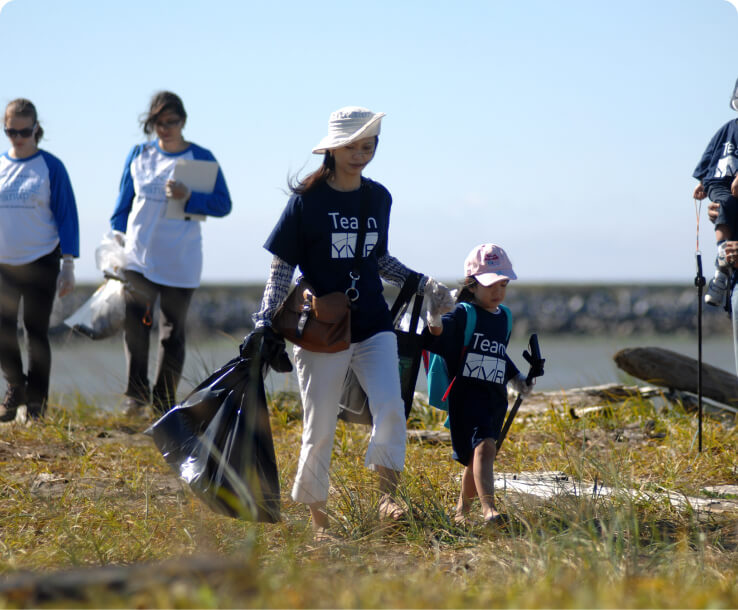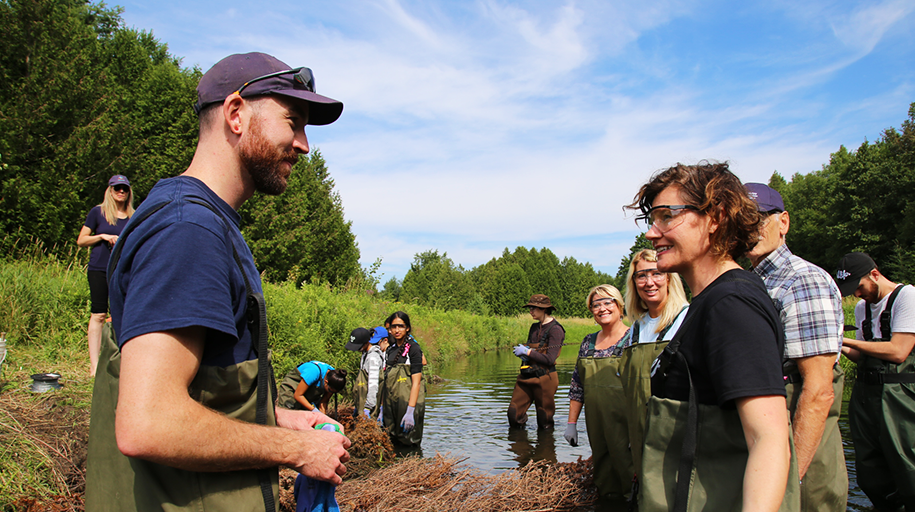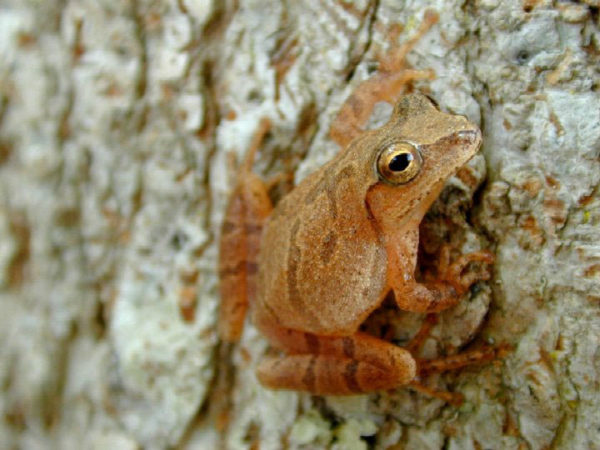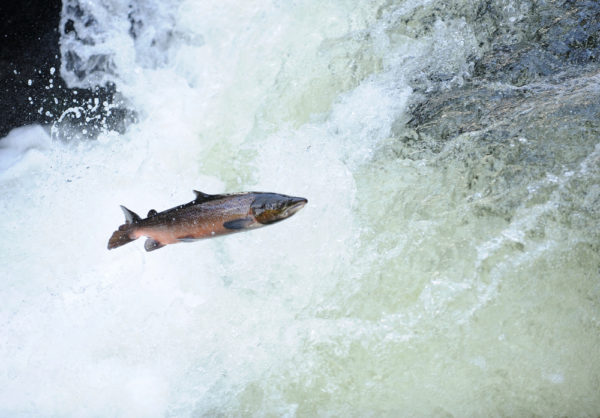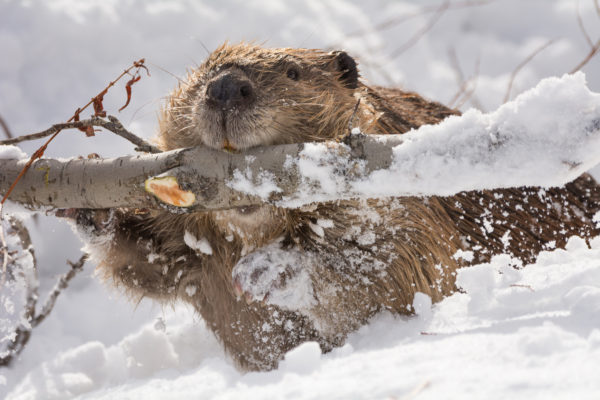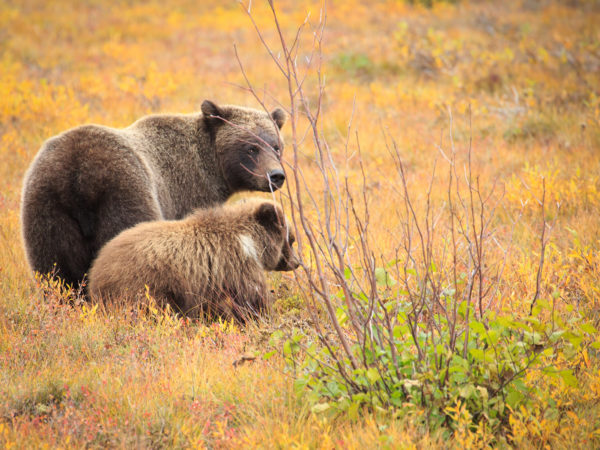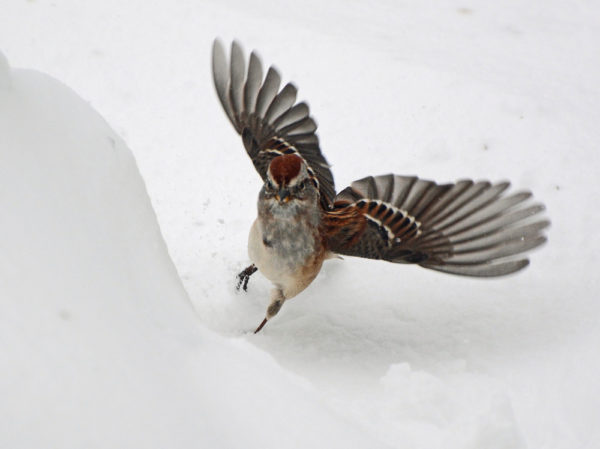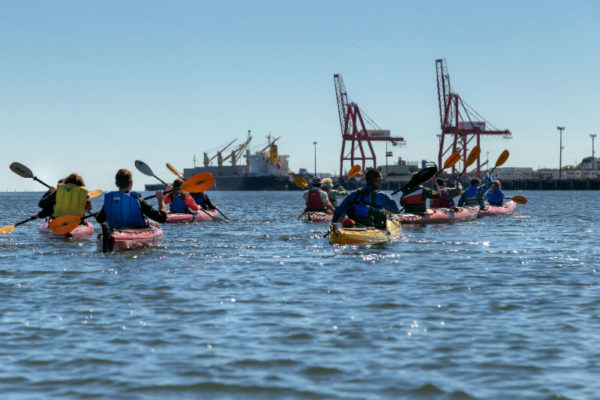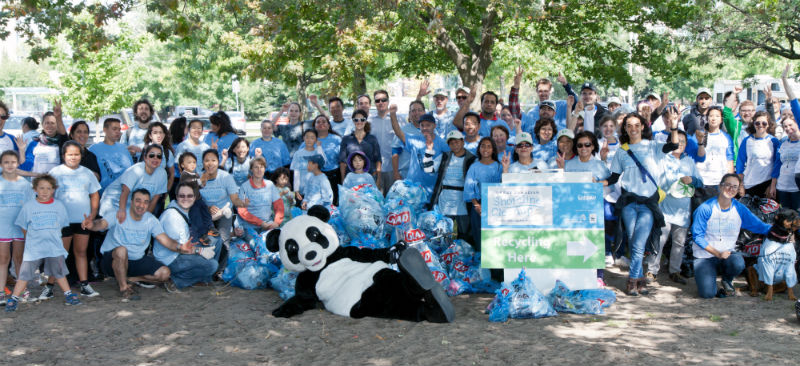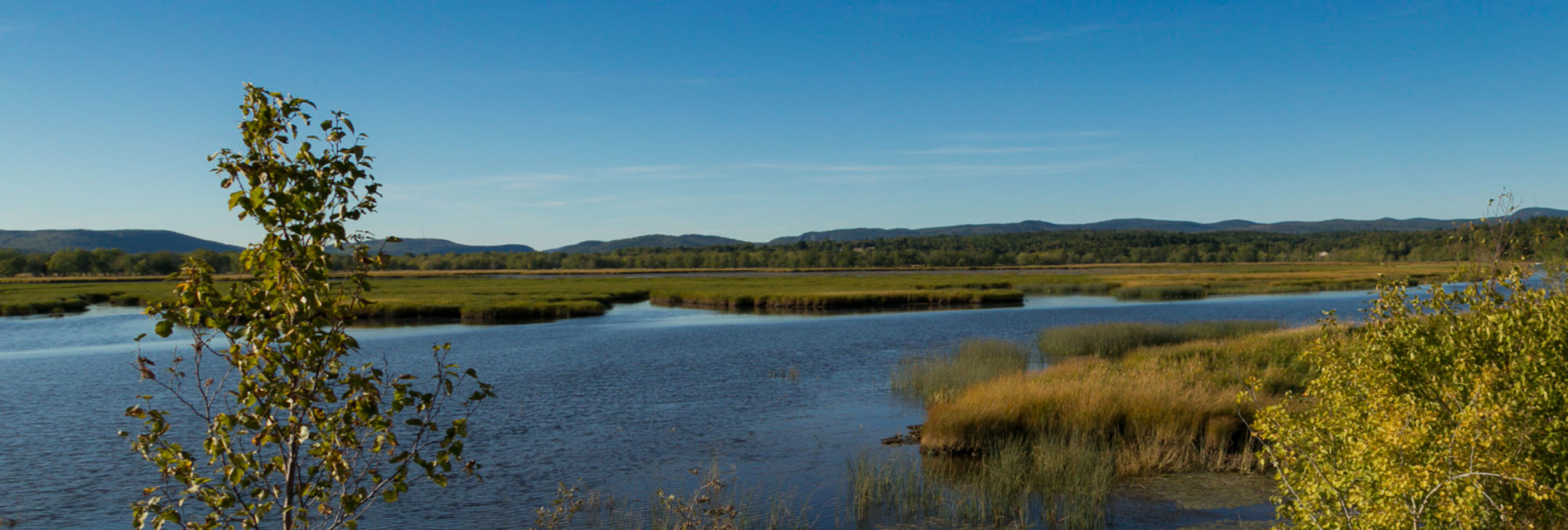Hydropower generation will play a significant role in Canada’s transition to a post-carbon world, which is essential for the health of all ecosystems. However, harnessing hydropower can conflict with nature and the health of river ecosystems.
When a river’s flow is interrupted, through physical barriers or changes in water levels, it impacts beavers, frogs and other species that depend on healthy rivers. It is especially difficult for species with long migration routes, like salmon.

